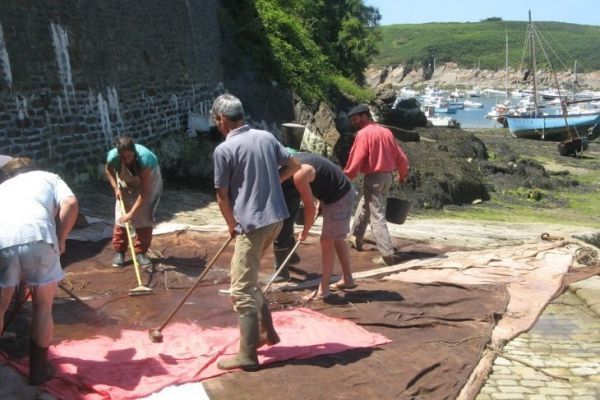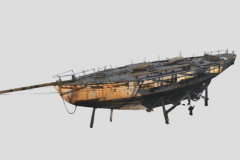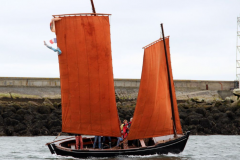Kashouting, also known as sail tanning, is a traditional method used to reinforce the resistance of sails to harsh maritime conditions. The main aim of this practice is to prevent natural fibers such as linen, hemp or cotton from rotting, and to protect them from the harmful effects of sunlight, salt spray and constant humidity. By impregnating sails with tannin-rich substances, sailors ensured effective protection against these degrading elements. Today, this know-how continues to be passed on, preserving and perpetuating the memory of an essential part of our nautical heritage.
A traditional tanning process
The concealing procedure involved several painstaking steps. Initially, the sails were immersed in seawater to prepare the fibers for the treatment. Next, a boiling solution of cachou was applied to the canvas, often using brushes, to ensure even penetration of the product. This operation was repeated on each side of the sail. Once the cachou was well impregnated, the sails were rinsed again with salt water to remove any excess and fix the dye. Finally, the sails were hoisted onto the boat to dry in the wind. This way, they were ready to face the conditions at sea for another year.
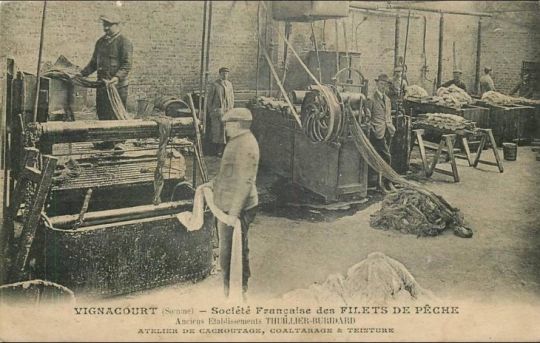
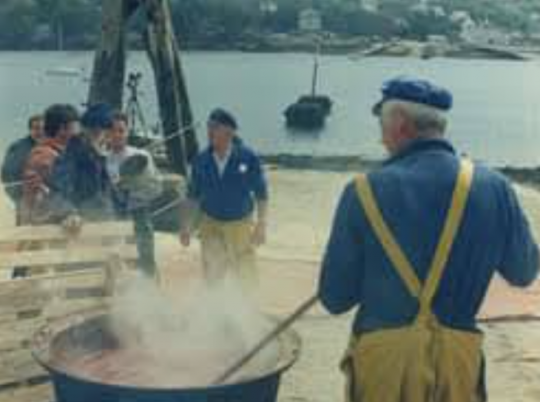
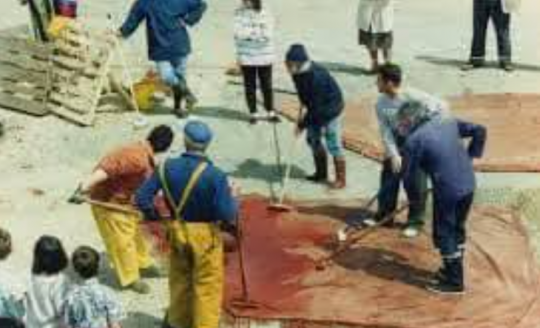
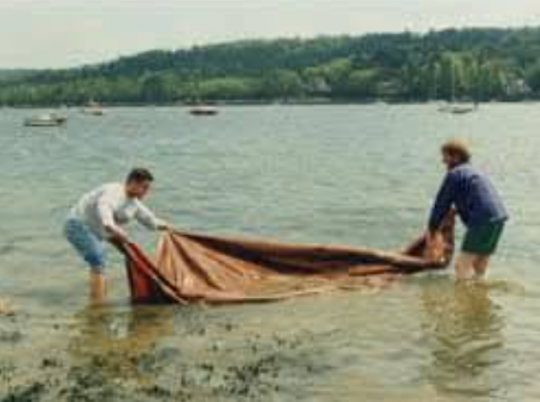
When nature gives color
Cachou, the central ingredient in this process, is a plant extract rich in tannins. It is obtained mainly from the wood of the Acacia catechu, a tree native to South Asia. This natural product gives sails a hue ranging from reddish-brown to black, depending on the concentration used and local traditions. In addition to catechu, some recipes incorporated other plant materials to obtain specific shades.
Regional variations in tanning
Sail concealment is an ancient practice whose exact origin is difficult to date. However, it seems to date back at least to the 18th century, if not earlier. The use of tannins to protect fabrics exposed to the elements was already known in other fields, such as fabric dyeing and waterproofing. Cachoutage developed particularly in the 19th century with the boom in fishing and merchant sailing ships. Seam sealing techniques, widely used on traditional boats, varied according to the region and local resources available. In the Gulf of Morbihan, for example, sailors used pounded pine bark for tanning, giving the sails a distinctive red hue. The sails of sinagots were traditionally kosher.
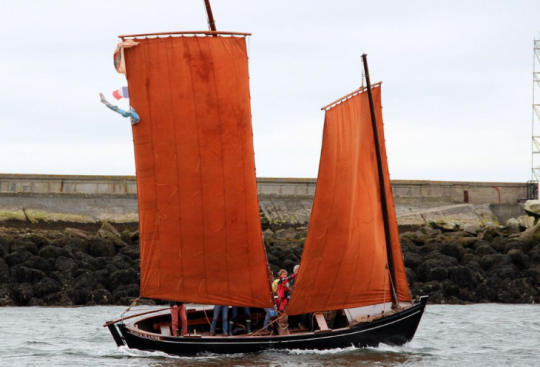
In Finistère, a higher concentration of oak bark was used, resulting in darker-brown sails. These differences made it possible to identify the origin of the boats according to the color of their sails.
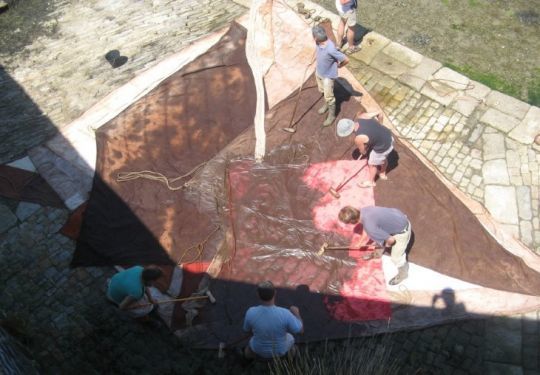
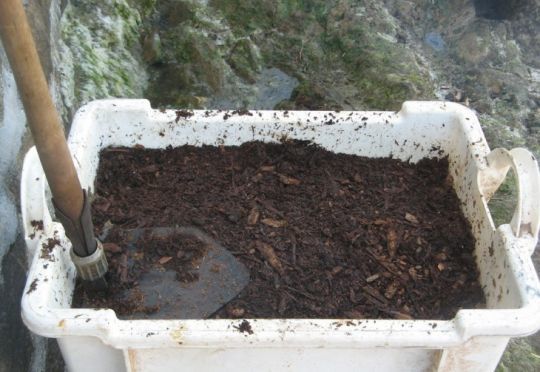
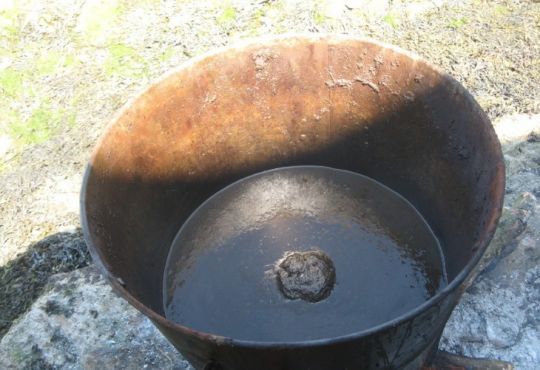
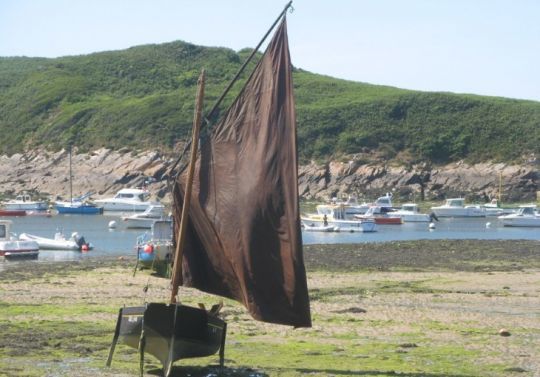
The tradition of cachoutage continued into the first half of the 20th century, before declining with the advent of synthetic fibers and modern treatments. Today, it is mainly practised for heritage purposes s and historical re-enactments.
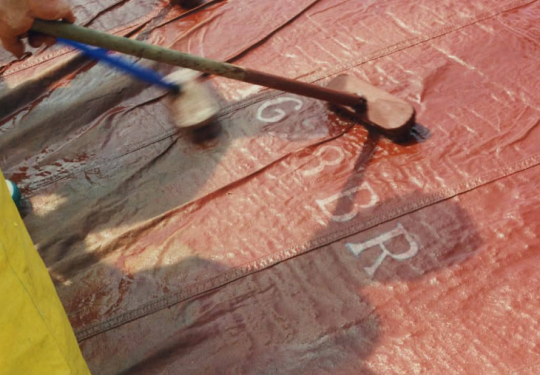

 /
/ 